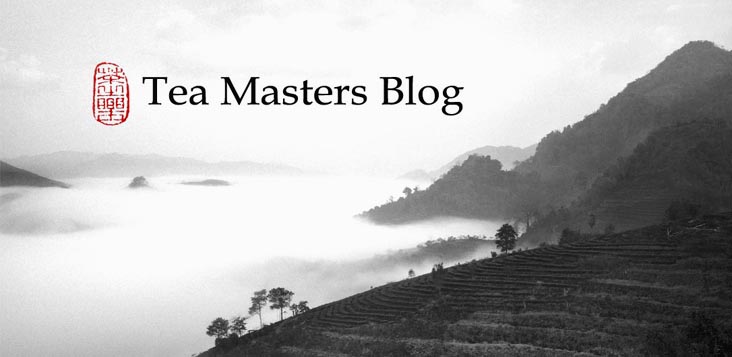It's nice to be back home with access to my large collection of teas. In February, the trees are resting and there are no new teas to try. It's a good time to brew teas from the past and see how they are evolving. Today, I tasted this winter 2010 wild concubine Oolong.
This tea is not for sale anymore. These are leaves from my last bag. That's unfortunate, because this tea rocks! The fragrances are bright, rich with notes of exotic fruits. And the taste is smooth, pure and resonates very long. If this were a blind tasting, I think I could be fooled into believing that this is a very good Yan Cha!
The good news is that I didn't age it with particular care. I just kept the tea in its original 150 gr bag, first sealed for several years and now simply closed tight. The other good news in this tasting is that it confirms what I have observed again and again: that a high quality Oolong has the potential to become even better with time, even without re-roasting!
My e-boutique has a small selection of very good aged Oolongs. But it's increasingly difficult to find high quality aged Oolong at reasonable prices. My advice to young drinkers remains: it's best to age Oolong yourself. Quality is what matters. Since aging means refining and softening, it's best to choose a leaves with a higher level of oxidation and roasting (but not too much) that have plenty of power. (The concubine Oolongs seem a very interesting choice).
Unleash your black dragon when it has come of age!
Greengold white-green tea
13 hours ago











No comments:
Post a Comment